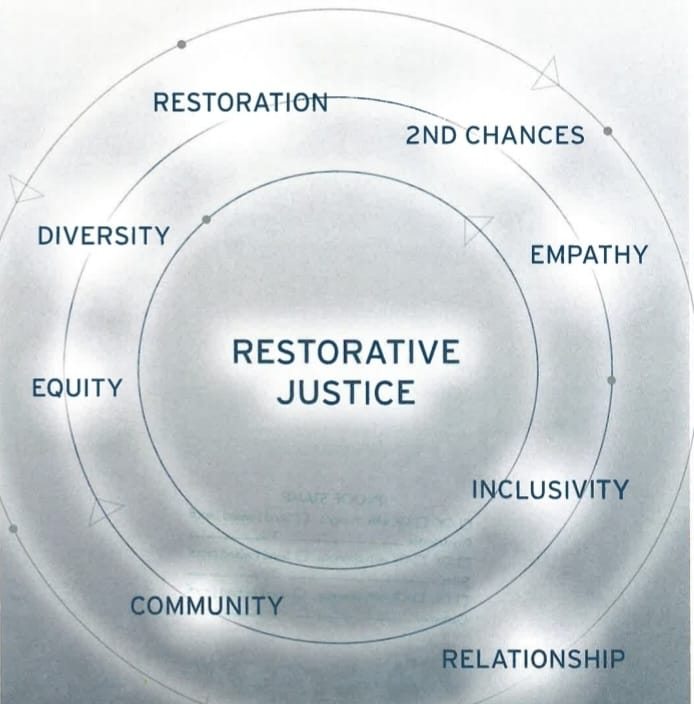
Contact the referring agency if necessary
Initial contact with each offender to assess their willingness and appropriateness to participate and to give them the information they will need to decide if they want to participate (Usually a two-step process; phone call and a face-to-face visit).
Initial contact with each victim to determine their willingness to participate and to give them information on which to decide about participating. (Usually a two-step process; phone call and face-to-face visit with the victim and their support person)
Identification, recruitment, and preparation of other supporters for each of the primary participants.
Identification, recruitment, and preparation of others who have a stake in the incident
Conducting the conference itself, including potentially helping participants to come to an agreement if appropriate. Restitution.
Appropriate follow-up. (For some, this will involve monitoring the progress toward completion of agreement aka. Restitution. For other completing documentation. For still others, reporting to the court or another legal entity.)
Case Closing- A report is made to the referral source of completion or failure to complete the process
Preamble: facilitator intro and role, intro of participants, purpose, agenda, ground rules (This sets the tone for the conference)
Participants Stories: Victim or Offender (Victim’s Choice), the other one, victim’s supporters, and offender’s supporters, and again open discussion until done.
Repairing Harm: Agreement discussion and consensus decision-making on what restitution will be
Closing the Conference- Contract is Signed
Follow Through with the Agreement is needed to close the case successfully.
Cost Effectiveness: Projects using volunteers often cost less than court processes
Victim Involvement: Victims have an opportunity to participate fully in the process, which means that they may express their feelings respectfully, get answers to their questions, and have a say in how they and their community will be compensated (restitution).
Timely: Depending upon the time from offense to referral, cases can often be processed quicker than the court processes.
Improved Accountability: The offender is expected to face those they harmed and take responsibility for their actions. Failure to complete the agreement will result in the case being returned to the referring agency.
Improved Completion Rate: Most programs report that offenders are far more likely to pay restitution to the victim and make reparations to their community
Community Involvement: By participating community members have an opportunity to reinforce community norms, set expectations for behavior, and assist in healing their community.
Reduced Recidivism: Programs find that youth are less likely to re-offend or if they do, likely to participate in a less serious offense.